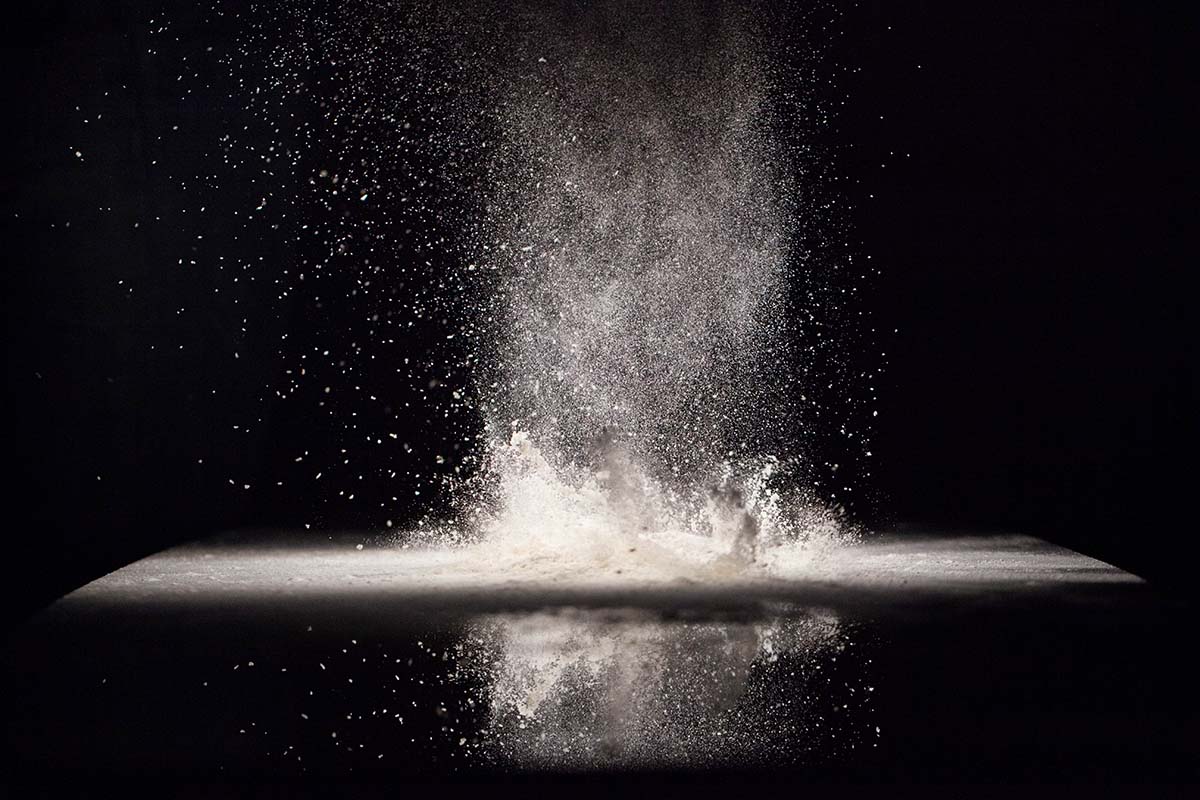HBN – Properties, Synthesis and Applications
Hexagonal Boron Nitride (hBN) is a ceramic material with unique properties. Its main properties include high low dielectric constant, thermal conductivity, low thermal expansion, good thermal shock resistance, high electrical resistance, non-toxicity, microwave transparency, lubricious, non-abrasive, and chemical inertness.
Its chemical structure consists of alternate boron and nitrogen atoms, commonly known as ‘White Graphite.’ The bonding between the molecules within each layer is strong, and the adhesion between the layers is through the weak Van der Waal forces. Its effective lubricating performance is because of the shearing along the structure’s basal plane.
It is increasingly being used as a lubricant at high temperatures and where the cleanliness of the working environment is required. It has been renamed as a ‘Clean’ lubricant and can be used as a solid lubricant.
Why is hBN used as a lubricant?
In manufacturing, friction and wear are the leading causes of energy loss. Without lubricants, most machines’ moving parts wear out, thus becoming useless. Liquid or solid lubricants are used to prevent this.
The liquid lubricants cannot meet the application demands where extreme pressure, very low or high temperatures, ultra-high vacuum, and very low and high sliding speeds are required. Instead, solid lubricants are used, and hBN is one of the most effective solid lubricants.
With its layered structure, hexagonal Boron Nitride provides the surfaces with low friction and wear. The Hexagonal Boron Nitride powder can significantly reduce friction and wear for metal working processes under high temperatures.
The hBN particles react with the sliding surfaces and form low-friction boundary films, thus protecting the surfaces against wear. It provides low friction due to its low shear. When the hBN sheet is parallel to the sliding direction, it forms a hBN tribofilm. The atomic layers of hBN align themselves parallel to the direction of the sliding motion and shear with relative ease. This leads to low friction levels; therefore, hBN can be called a frictionless lubricant.
The large grain size and the higher crystallinity of hBN lead to better lubricating properties and high-temperature stability.
How can hBN powder be obtained?
hBN can be obtained through synthesis, and the different proceeds used are high-temperature and low-temperature growth techniques.
High-temperature growth techniques
Boron Nitride has a melting point of 3000° C, which is lowered if mixed with a solvent. Therefore, all the techniques use a solvent to produce hBN. Alkali and alkali-earth solvents are used as they have low melting temperatures. This ensures high diffusivity through high-temperature treatment.
The solubility of BN is alkali, and alkali-earth solvents lead to the crystallization of hBN in the solvent matrix. After cooling, the dissolution of the solvent matrix is carried out to free the hBN crystals.
Low-temperature growth techniques
Combustion synthesis
This process produces hBN commercially because it can give high yields, and the reaction occurs quickly. This process is based on the nitration of boron oxide.
Solvothermal synthesis
This process offers advantages like low temperatures and ease of preparation. It can produce large quantities of low-price micrometer to nanometre-sized hBN particles. The hBN precursors are mixed in a liquid solvent and heated to a moderate temperature.
The hBN can be synthesized at temperatures as low as 700° C. But if you want single crystals with a lateral particle size of more than 1 mm, temperatures as high as 1500° C are required. The crystals have a hexagonal structure and low lateral size at this temperature. The crystals are triangular and thinner at even higher temperatures and have large lateral sizes. The smaller the hBN particles, the fewer impurities they will have than the larger particles.
Hexagonal Boron Nitride Powder: Applications
- hBN is used as a lubricant instead of graphite, where the chemical reactivity and the electrical conductivity of graphite can cause problems. In internal combustion engines, graphite could oxidize and become carbon sludge. Here hBN is added as a lubricant as it has superior thermal stability.
- hBN can be added to ceramics, alloys, rubbers, and plastics to give them self-lubricating properties.
- hBN is a substrate for graphene-based devices, fuel cells, and water electrolysis.
- hBN is used in bullet and bore lubricant, increasing the barrel life and the interval between bore cleaning.
- hBN is a release agent in metal and glass applications due to its lubricating properties. As it is lubricious to the molten materials, the coating does not stick to the material.



















